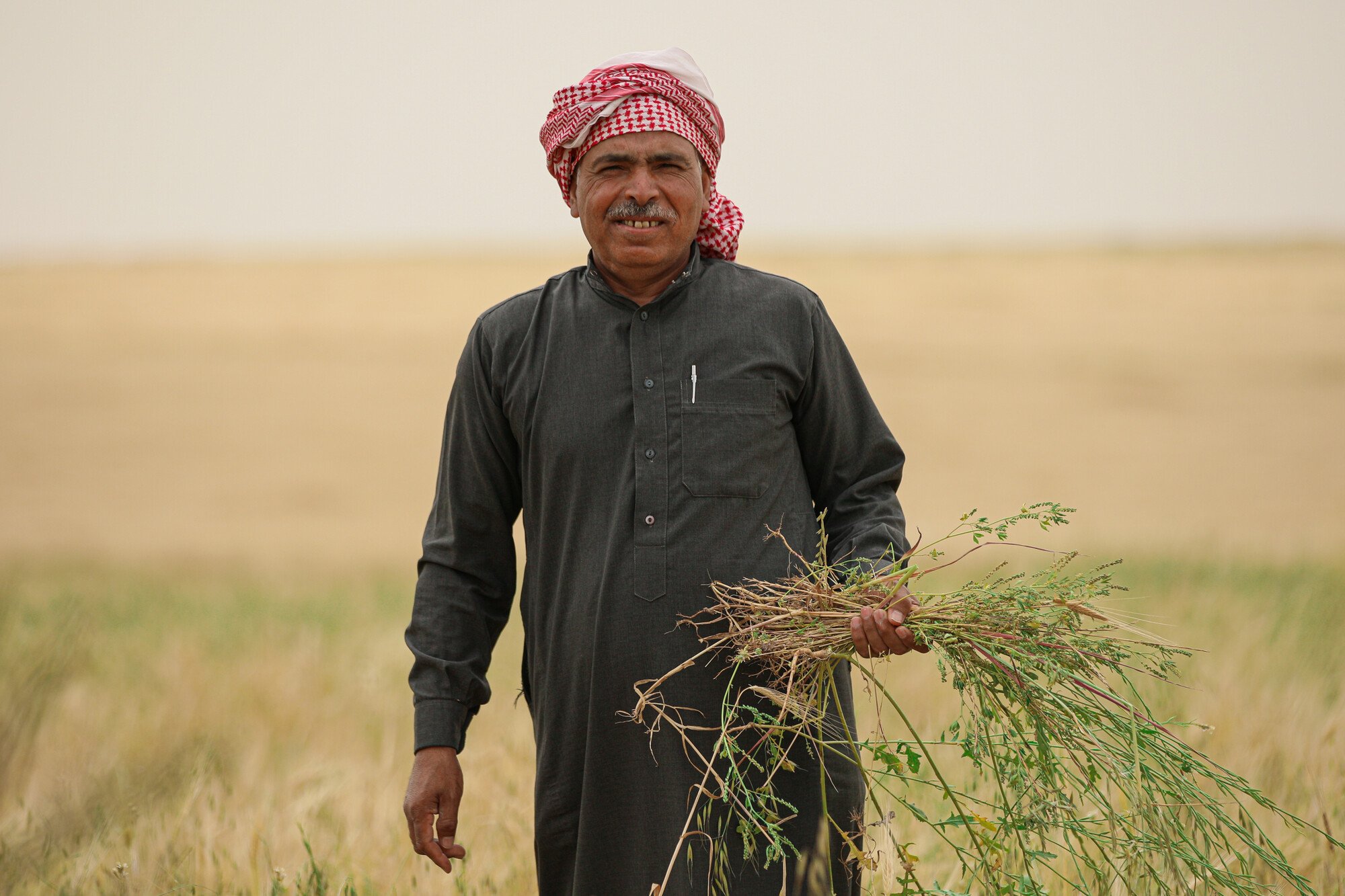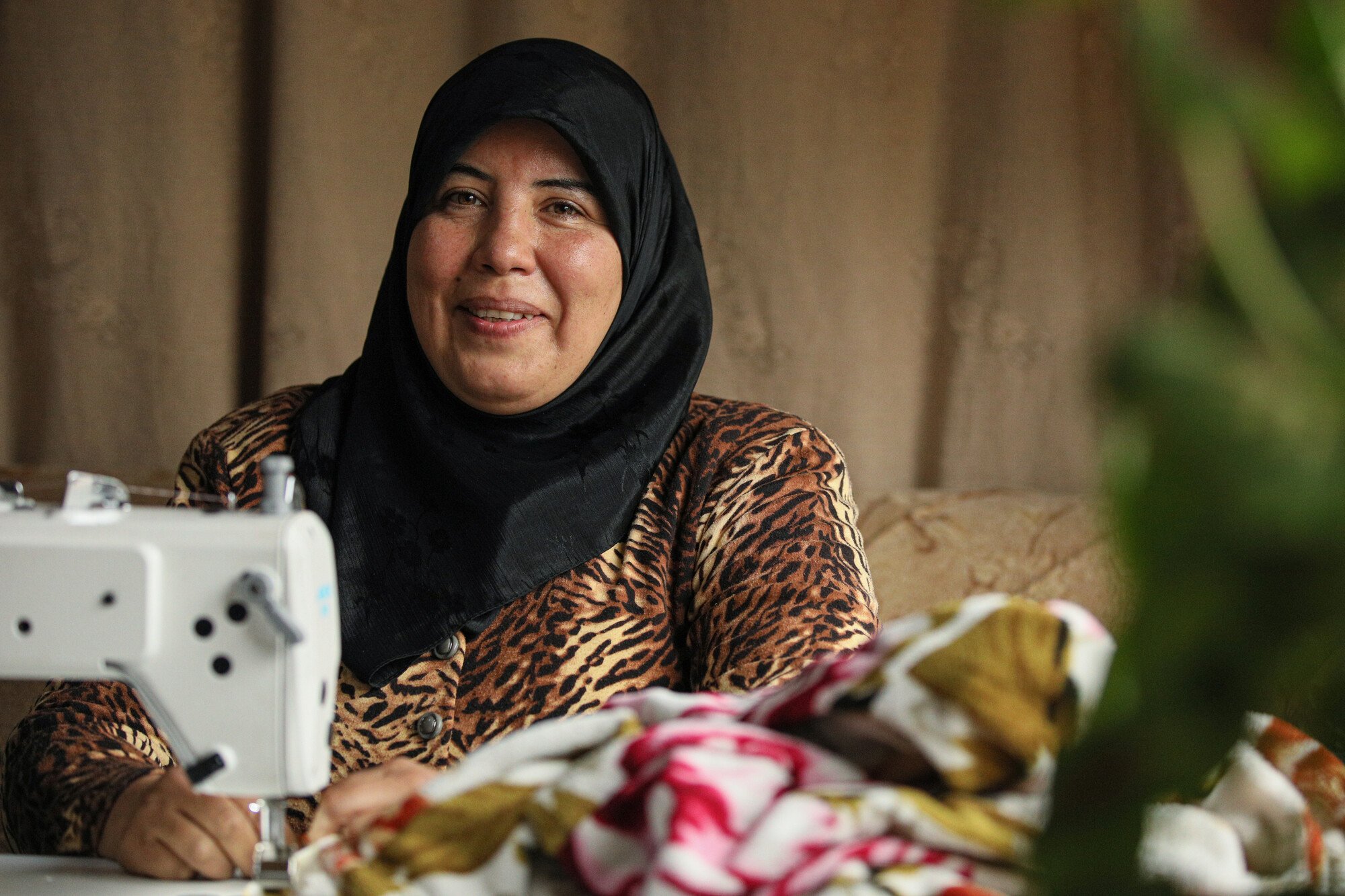Syria ended a 14-year civil war last year, but the humanitarian crisis continues. Here’s what is happening in Syria, and what you can do to help people recover from the conflict.
What is happening in Syria?
When the civil war ended in Syria in 2024, the country entered into a period of transition and recovery. Nearly a million former refugees have returned to Syria, and 1.9 million internally displaced people have gone back to their homes—or what remains of them after 14 years of conflict and a massive earthquake in 2023 that affected northern areas of the country. At the same time, almost 7 million Syrians remain displaced within the country, and about 70 percent of Syria’s population needs humanitarian assistance, according to UN figures.
Syrians are facing a severe economic and banking crisis, ongoing conflict, and many years of severe drought contributing to serious wildfires in some areas. In conflict areas, there is widespread damage to municipal water systems, schools, hospitals and clinics, and homes. Reconstruction and agriculture are both affected by the presence of unexploded ordnance, which killed or injured more than 1,300 people between January and September 2025.
Last updated: November 17, 2025
Is there a war in Syria?
The civil war that began in 2011 ended in 2024 with the defeat of the Assad regime, but Syria is still experiencing conflict due to the presence of various armed groups in the northeastern and southeastern parts of the country. Continued violence is contributing to the displacement of civilians and their humanitarian needs in these areas.
The Syrian humanitarian crisis in 2025
Although the civil war in Syria ended in late 2024, the long-term humanitarian crisis in Syria is not over: Of the 25.6 million people in Syria, more than 16 million people need humanitarian assistance. More than 9 million people are acutely food insecure. A sustained drought, along with insecurity and lack of financial resources for re-establishing farming in Syria, are impeding food production in Syria. All of these factors present major challenges for the 90 percent of the population of Syria living below the poverty line.

What problems do people face in Syria today?
People in Syria are facing extensive humanitarian needs across the country due to more than a decade of conflict, severe drought due to climate change, and a serious economic crisis driving up costs for food, fuel, and other essential goods.
The early months of the transition period in Syria coincided with abrupt cuts in U.S.-funded aid programs that have reduced the capacity of humanitarian groups to respond to the wide-ranging needs across the country. These cuts present challenges for groups assisting the 7 million displaced people in Syria who need water, sanitation, food, and other basic assistance . Partner organizations working with Oxfam, some of which were counting on assistance from the U.S. government, were left with little warning that their aid funds were cut and are now struggling to overcome these budget gaps.
The ongoing insecurity in Syria is precipitating additional displacement of people and holding up the rebuilding of schools and health care facilities. People in Syria need stability so they can restart their businesses, agriculture, and education.
How is Oxfam providing aid to Syria?
Oxfam has been working in Syria since 2013. Oxfam’s work in Syria involves close collaboration with Syrian organizations, and we also provide assistance directly to people. In 2024 and 2025, we have reached 2.4 million people.
Clean water, sanitation, hygiene
Oxfam has rehabilitated wells and water and sanitation systems that serve more than 490,000 people across Syria. Oxfam and our partners also distribute a variety of hygiene kits, which contain soap and menstrual products. During recent fighting in areas near the coast and in southern Syria, Oxfam has provided generators for powering water pumps, and delivered hygiene items to people displaced by conflict.
Food and assistance to farmers
Farmers in Syria are facing a lack of rainfall, lack of cash due to the banking crisis, and high costs for replacing damaged equipment and tools, and damaged land. Oxfam and Syrian partners are providing seeds, and other inputs, and training to help growers learn to adapt to climate change.

In areas affected by wildfires, Oxfam is providing cash to help olive and fruit growers to meet their immediate food needs and restart their farms. Oxfam is providing fuel, flour, and yeast to bakeries in rural Damascus, Idlib, and Deir Ezzor. This is helping tens of thousands of people to get bread, a critical staple food in Syria.
Protecting survivors of violence
Returning refugees and people displaced by conflict in Syria are facing security risks due to ongoing fighting.
- For women and girls, there are serious hazards such as sexual exploitation and assault. Many people lack identity documents, proof of ownership of their agricultural land and homes, and are unable to receive social services.
- Oxfam supports organizations that refer people to counseling and other mental health service providers. We help local and national organizations reduce the risk of gender-based violence by raising awareness, supporting training, and providing solar lamps to displaced families in areas lacking power.
- Oxfam has reached more than 20,000 people with such protection activities across Syria.
How can I help Syria?
Donate to Syria
You can help people in Syria by contributing to Oxfam’s Syria Crisis Appeal. Your contribution will help Oxfam and the partners we support in Syria to repair water and sanitation systems, help farmers grow more food and fight widespread hunger, and help survivors of violence get the help they need to recover and build a better future.
Learn more about Syria
You can read more about the crisis in Syria, learn what Oxfam and our partners are doing there, and understand the work your contributions make possible on our emergency Syria Crisis Appeal page.
